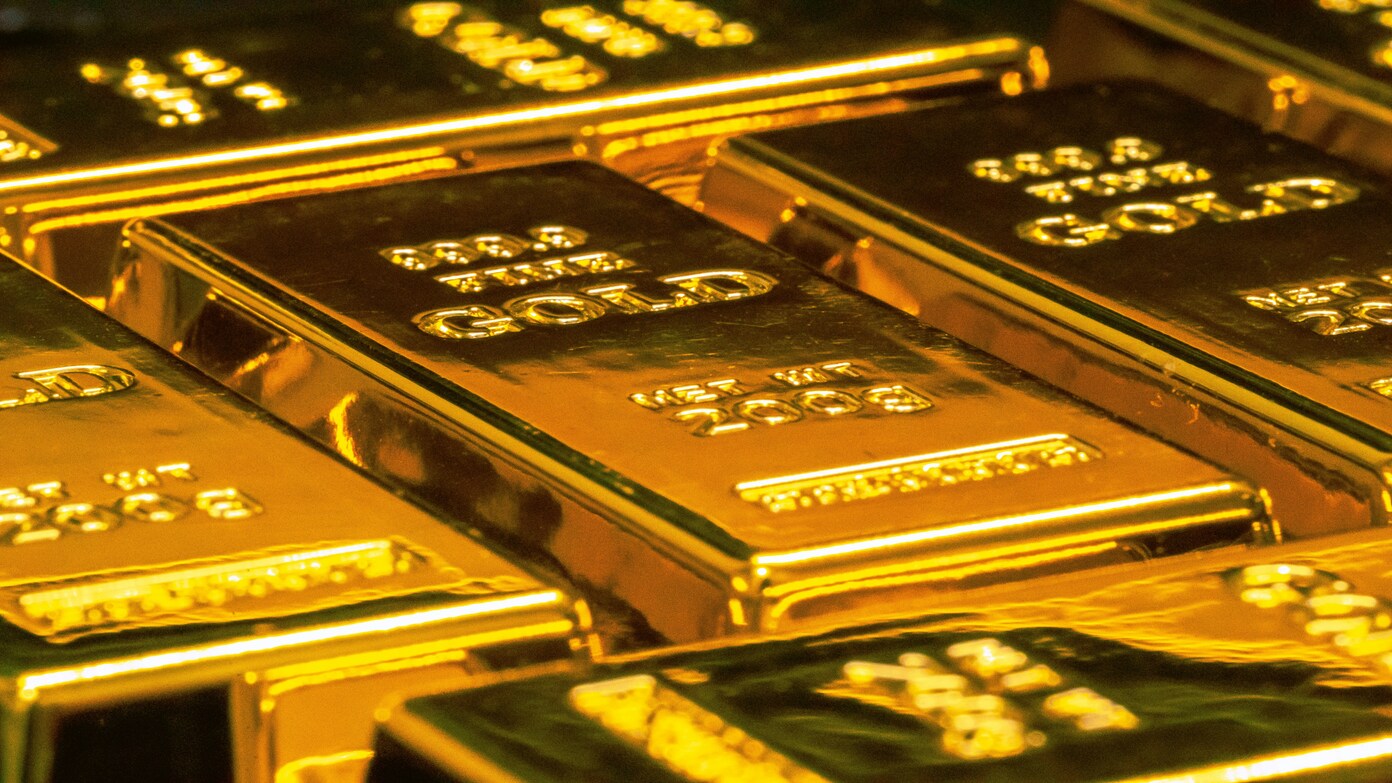In recent times, the global economy has been hit by major policy shifts and one significant one is the tariffs implemented by Donald Trump. These measures have shaken the international market, making investors seek refuge and invest in more traditionally safe assets. One of these safe assets is gold.
In early 2025, Donald Trump had implemented a new series of tariff policies and these policies were targeted at China. These tariffs, however, affected a wide array of imports. While these new policies are strategies to address trade imbalance and grow home industries, it saw the world to:
- A global tension because the increased tariffs are threatening to become a trade war and this has affected the volatility of the market.
- Currency Fluctuations as the countries affected by these tariff changes have witnessed a significant depreciation of their currency.
Gold’s reaction to the tariff changes.
In all of this, gold has responded in a very different, but positive way. Historically, gold has always been seen as a hedge against economic instability and inflations. After Trump’s announcement, gold reacted in this way:
Increased Price: on February 10, 2025, gold hit a record high with spot gold rising to $2,904.19 per ounce. This contributed to making investors seeking safe assets in gold in the midst of rising trade tensions.
Continued increase: the price of gold continued to climb further and by April 9, 2025, it had climbed so high, reaching $3,010.39 per ounce. This is most likely because of the unending and intensifying trade tensions and a weakening U.S. dollar. All of this contributed to the increased appeal of gold before investors.
This did not just apply to individual investors. For example, Indonesia is currently facing currency depreciations and stock market decline due to the new U.S. tariff policies and this has led to a surge in the purchase of gold as the citizens need somewhere safe to invest their money in to preserve their wealth.
Gold as a safe haven investment.
While historically, gold has been a refuge in turbulent times, it is important to approach it armed with the right knowledge. Some of the things to note include:
No yield. Unlike other investment plans such as stocks and bonds, gold does not produce yield or income. It is however driven by supply and demand.
Volatility. Gold prices can be volatile in the short term and these can be affected by some factors like geopolitical events, change in exchange rates or currency fluctuations.
Diversification: relying solely on gold can expose investors to market risks. It is important to diversify in order to balance potential returns and risks.
Expert opinions.
A number of analysts have have weighed the impact of tariff on gold and some of them include:
- RBC Capital markets: they suggest that prolonged tariffs could lead to higher inflation and slower growth, and this might further increase the price of gold.
- Wells Fargos: The bank raised its year-end gold price forecast to $3,000–$3,200, citing persistent market drivers including geopolitical tensions and trade policies.
Investing in gold in times of economic uncertainties such as the Trump induced tariffs, can offer potential benefits. However, it is important to have the necessary knowledge, recognizing the risks and limitations of gold investments.

